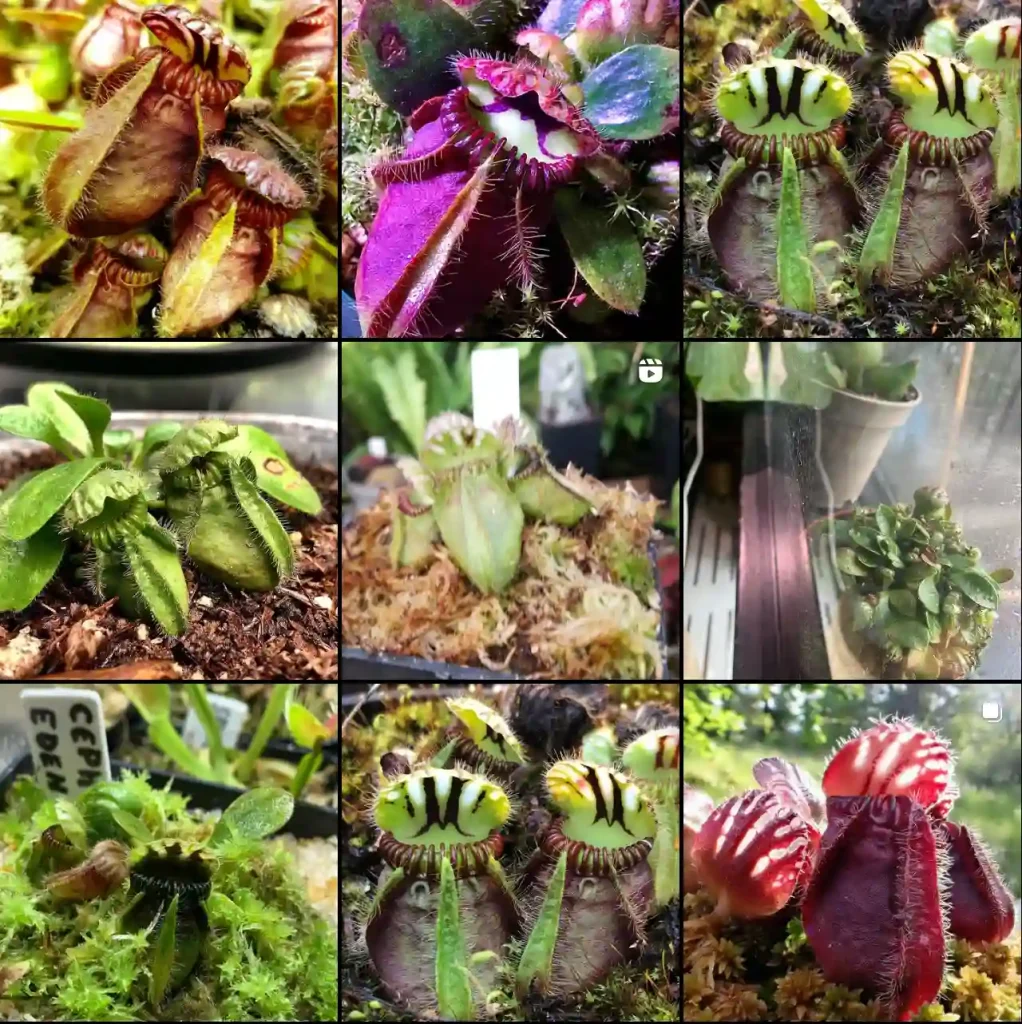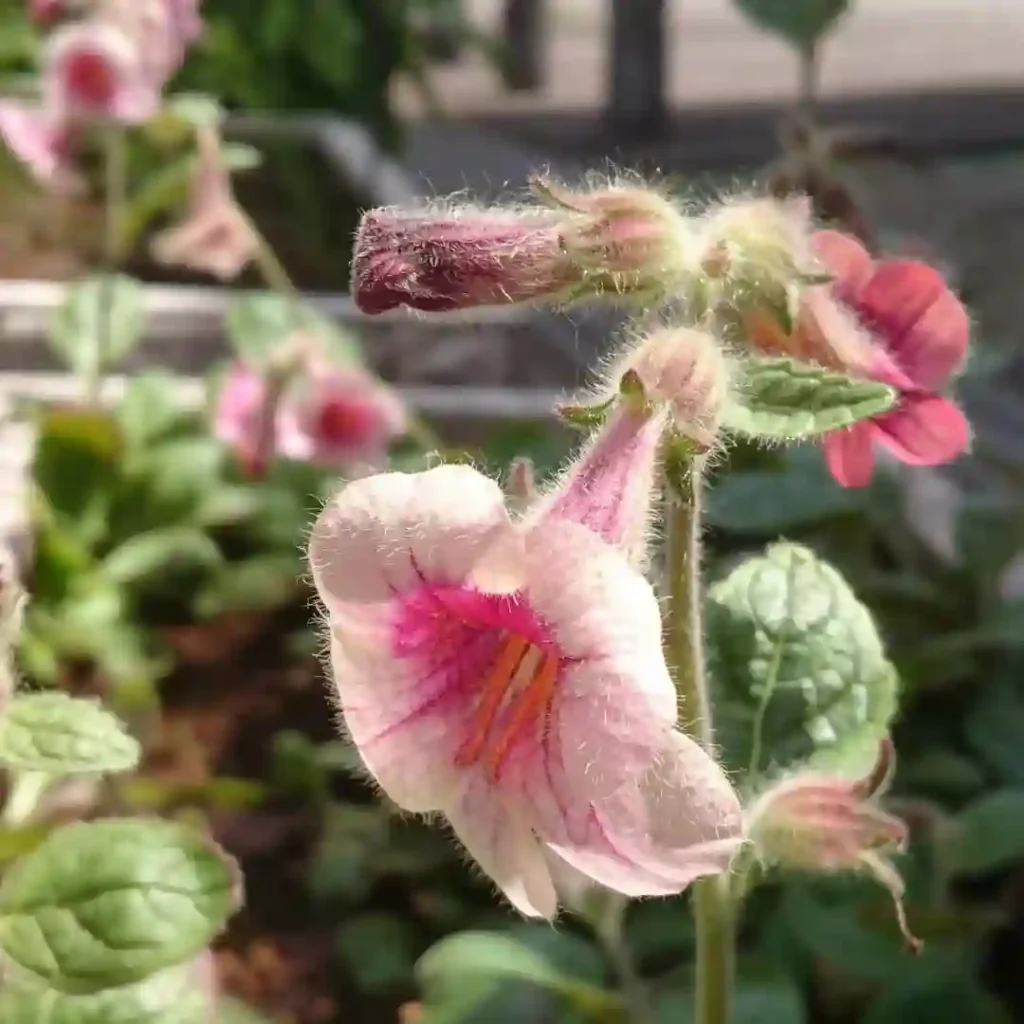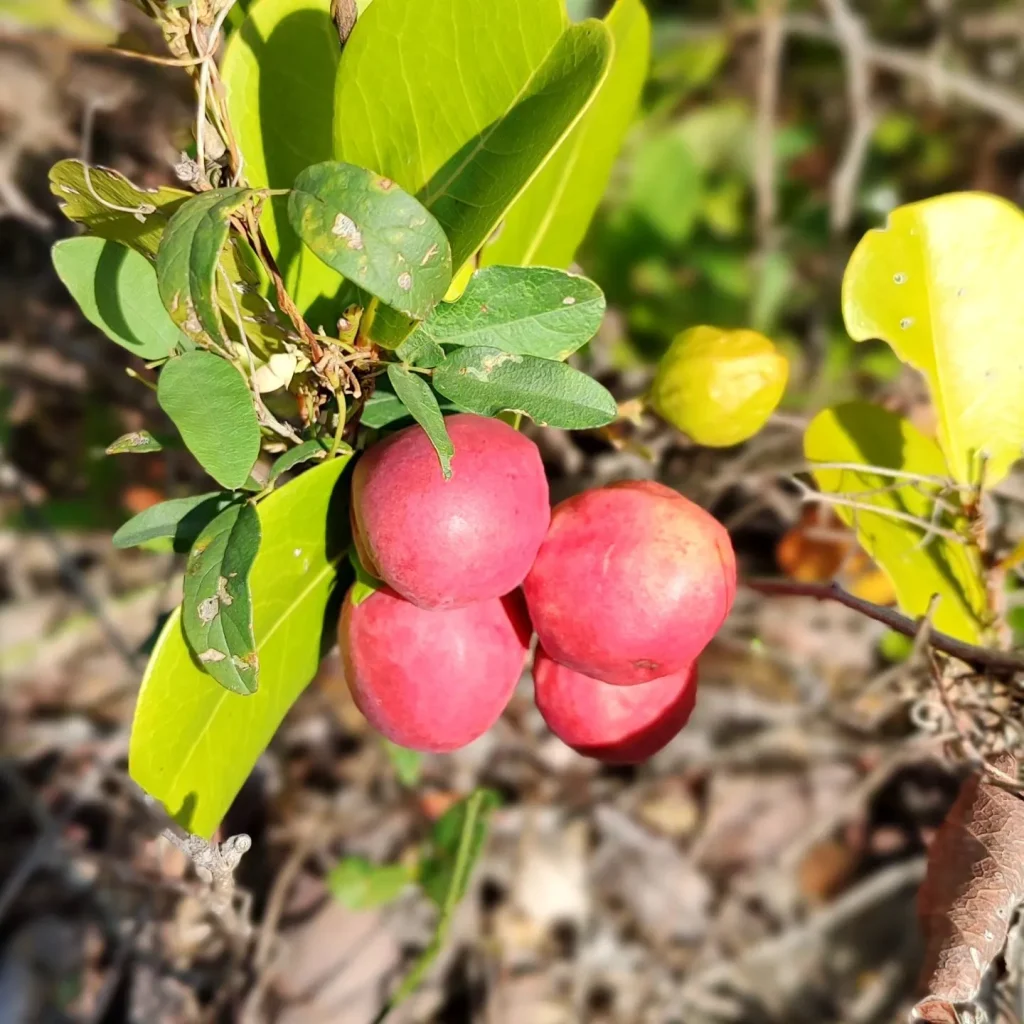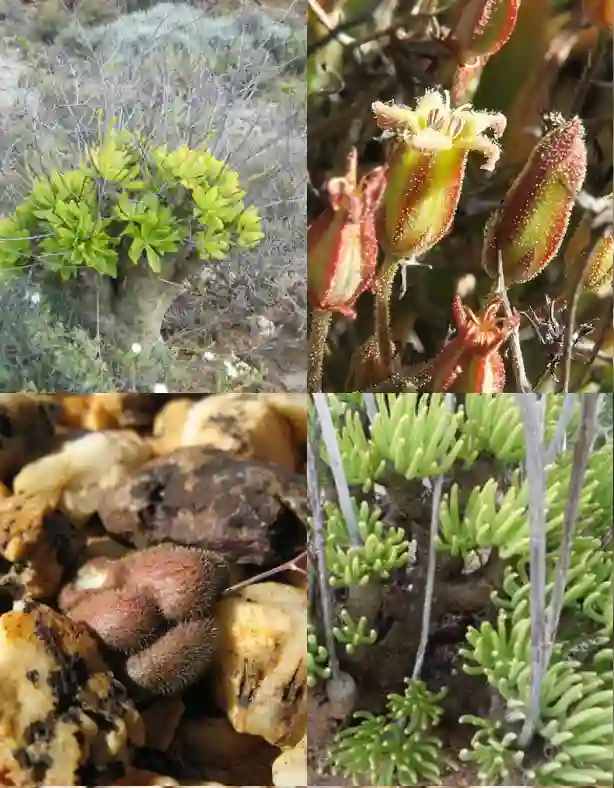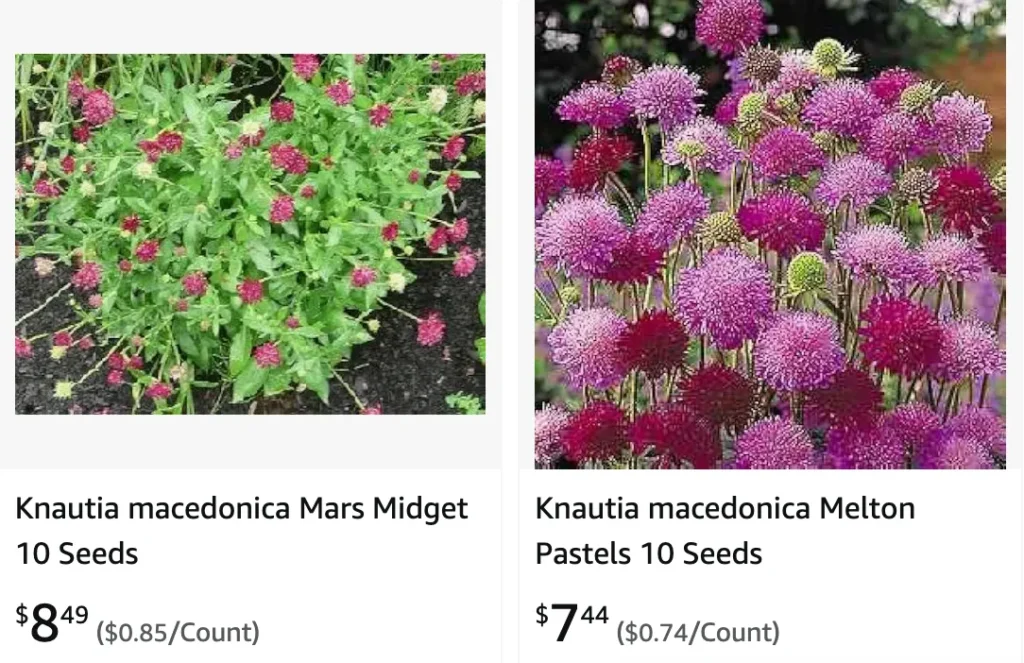
Growing and Caring for Knautia Macedonica: A Personal Journey
I have always had a fascination with unique and vibrant flowers, and Knautia Macedonica has quickly become one of my favorites. This stunning perennial, with its deep crimson blooms and airy foliage, adds a splash of color and elegance to any garden. Let me share my journey and some insights on how to grow, care for, and propagate this wonderful plant.
66 Species in Genus Knautia
What is Knautia Macedonica?
Knautia Macedonica, commonly known as the Macedonian Scabious, is a hardy perennial that originates from the Balkan Peninsula. It is cherished for its long flowering period, typically from early summer to the first frost. The plant features clumps of basal leaves and slender stems that bear charming, pincushion-like flowers. These blooms not only add aesthetic value but also attract pollinators like bees and butterflies, making it a delightful addition to any garden.
How to Grow Knautia Macedonica from Seed?
Growing Knautia Macedonica from seed is a rewarding process that requires some patience and care. Here’s how I did it:
- Seed Selection and Preparation: I started by selecting high-quality seeds from a reputable supplier. In late winter or early spring, I soaked the seeds in warm water for 24 hours to improve germination rates.
- Sowing the Seeds: I filled seed trays with a well-draining seed starting mix and sowed the seeds thinly on the surface, lightly covering them with a thin layer of compost. Keeping the soil moist but not waterlogged is crucial.
- Germination: The seed trays were placed in a warm, bright location, avoiding direct sunlight. Knautia Macedonica seeds typically germinate within 2-4 weeks. It’s essential to maintain a consistent temperature of around 15-20°C (59-68°F).
- Transplanting: Once the seedlings had developed a few sets of true leaves, I carefully transplanted them into individual pots. When the risk of frost had passed, I acclimated the young plants to outdoor conditions by gradually exposing them to the elements over a week before planting them in the garden.
How to Care for Knautia Macedonica?
Caring for Knautia Macedonica is relatively straightforward, making it an excellent choice for both novice and experienced gardeners.
- Planting Location: Knautia Macedonica thrives in full sun but can tolerate partial shade. I chose a spot in my garden with well-draining soil and added compost to enrich the soil before planting.
- Watering: While the plant is drought-tolerant once established, regular watering is crucial during the first growing season. I water deeply once a week, ensuring the soil is moist but not soggy.
- Feeding: In spring, I apply a balanced, slow-release fertilizer to support healthy growth and flowering. Throughout the growing season, I occasionally use a liquid fertilizer to give the plants a nutrient boost.
- Mulching: Applying a layer of mulch around the base helps retain moisture, suppress weeds, and regulate soil temperature. I use organic mulch, such as bark or straw, which also improves soil quality as it decomposes.
Do You Deadhead Knautia Macedonica?
Deadheading, or removing spent flowers, is an essential practice for maintaining the health and appearance of Knautia Macedonica.
- Promoting Continuous Blooming: By regularly deadheading, I encourage the plant to produce more flowers. This prolongs the blooming period, allowing me to enjoy vibrant blossoms throughout the summer.
- Preventing Self-Seeding: Knautia Macedonica can self-seed prolifically. While this can be desirable for naturalizing an area, it’s often necessary to deadhead to prevent unwanted seedlings from taking over the garden.
- How to Deadhead: Using sharp, clean scissors or pruning shears, I snip off the spent flowers just above the nearest set of healthy leaves. This not only tidies up the plant but also directs energy back into flower production.
How to Propagate Knautia Macedonica?
In addition to growing from seed, Knautia Macedonica can be propagated through division and cuttings.
- Division: In early spring or late autumn, I carefully dig up the plant and divide the root clumps into smaller sections, ensuring each section has a good amount of roots and shoots. I then replant these divisions in prepared garden beds or pots.
- Cuttings: Taking basal cuttings in late spring or early summer is another effective method. I choose healthy, non-flowering shoots and cut them just above a leaf node. The cuttings are then planted in a mix of compost and perlite, kept moist, and placed in a sheltered spot until roots develop.
What to Plant with Knautia Macedonica?
Companion planting enhances the beauty and health of your garden. Knautia Macedonica pairs well with:
- Echinacea: The bold colors of Echinacea complement the crimson blooms of Knautia Macedonica, creating a vibrant display.
- Lavender: Both plants thrive in similar conditions, and the aromatic foliage of lavender provides a pleasant contrast.
- Grasses: Ornamental grasses add texture and movement, enhancing the visual appeal of the garden.
Embracing the beauty of Knautia Macedonica has transformed my garden into a haven of color and life. Whether you’re starting from seed, propagating, or simply enjoying the blooms, this resilient plant is sure to bring joy and satisfaction to any gardener.
If i die, water my plants!
